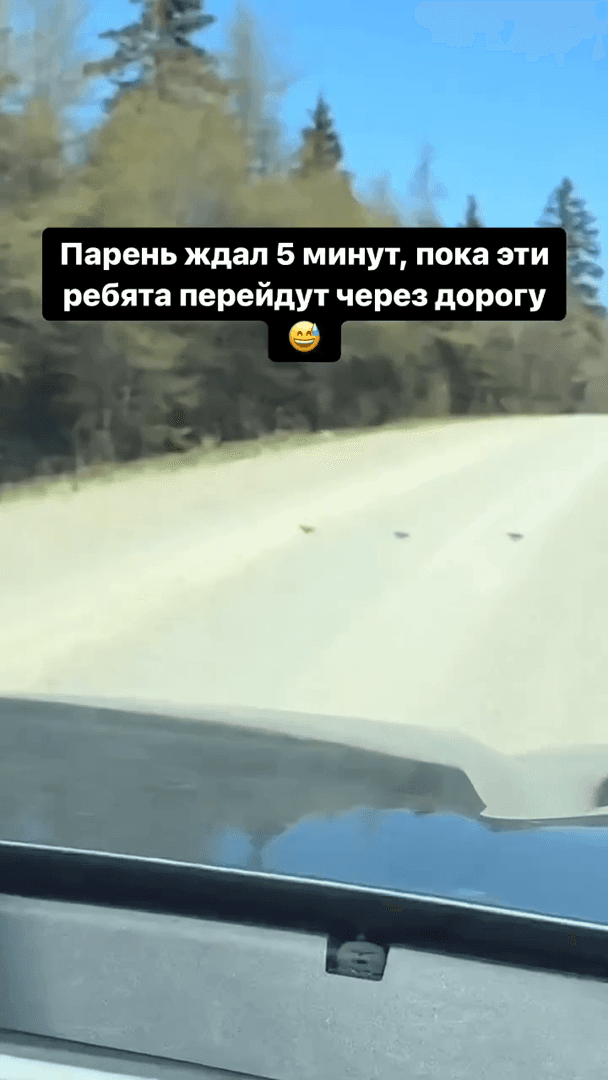
Here it is with the frame! Gavin was so excited to get this feather frame back, his dad did the woodwork in the frame. 🔥
Post: 19 April 09:27

Post: 19 April 09:27

Post: 16 January 19:57

Post: 28 November 18:22

Post: 4 December 23:28

Post: 5 June 11:30

Post: 16 May 12:21

Post: 22 August 09:53

Post: 29 December 23:22

Post: 28 February 17:14

Post: 20 October 17:44

Post: 24 October 09:21

Post: 29 November 09:43

Post: 25 November 09:16

Post: 23 April 12:48

Post: 22 August 07:33

Post: 21 August 10:23

Post: 21 August 10:53

Post: 25 August 13:31

Post: 7 May 09:43

Post: 5 August 14:50

Post: 25 December 16:43

Post: 9 December 10:55

Post: 3 December 08:38

Post: 30 November 10:21

Post: 20 November 16:38

Post: 19 November 00:01

Post: 14 November 12:10

Post: 14 November 10:25

Post: 5 November 19:08

Post: 8 November 12:14

Post: 4 March 09:22

Post: 5 March 22:21

Post: 15 May 09:56

Post: 18 July 11:47

Post: 16 July 07:33

Post: 21 December 16:54

Post: 22 August 12:49

Post: 21 August 11:01

Post: 21 August 10:40

Post: 19 August 14:16

Post: 17 July 13:38

Post: 25 August 12:42

Post: 25 August 12:10

Post: 22 August 12:00

Post: 22 August 11:52

Post: 22 August 10:58

Post: 22 August 10:02

Post: 22 August 08:37

Post: 22 August 08:27

Post: 22 August 07:45